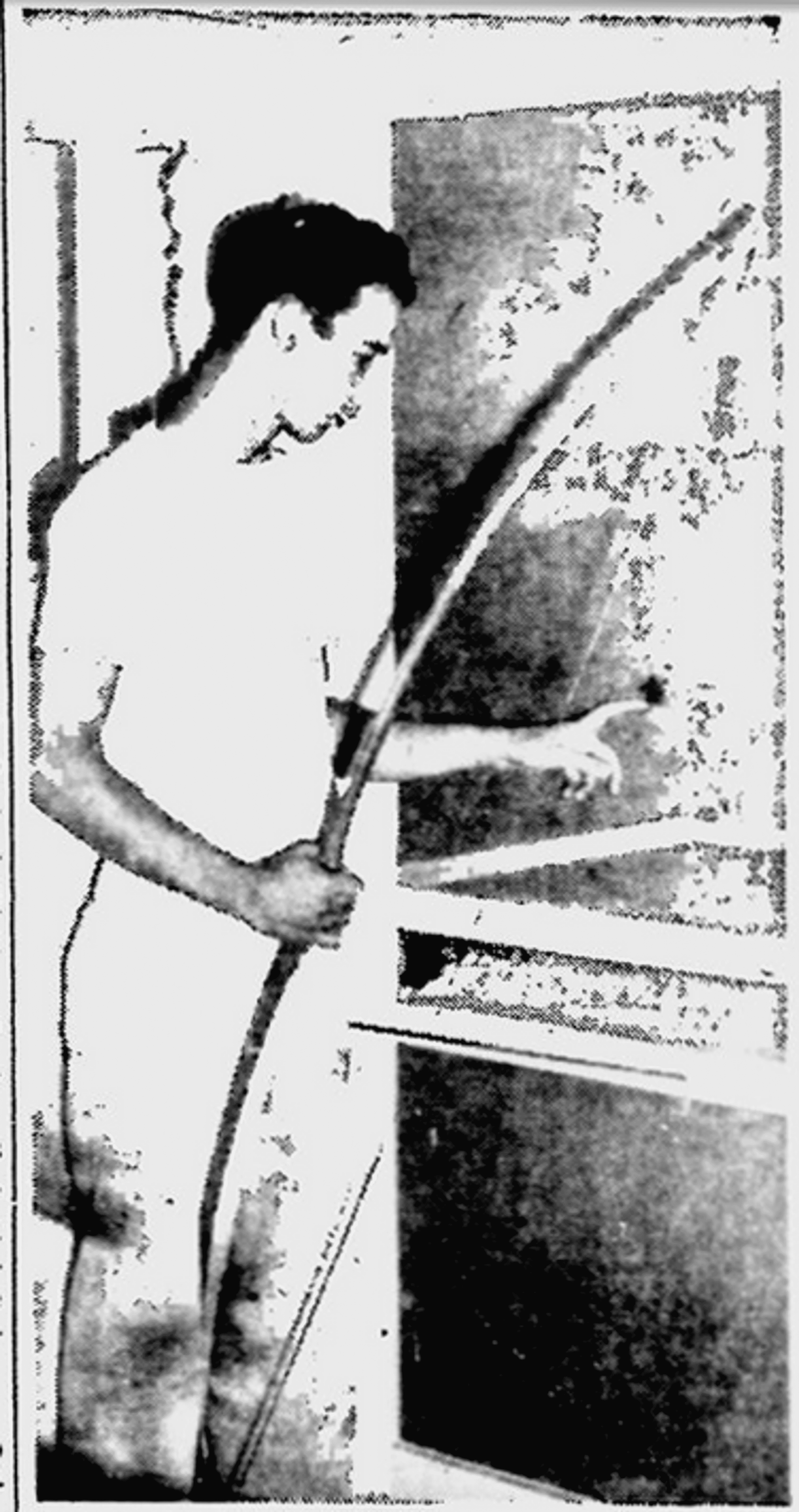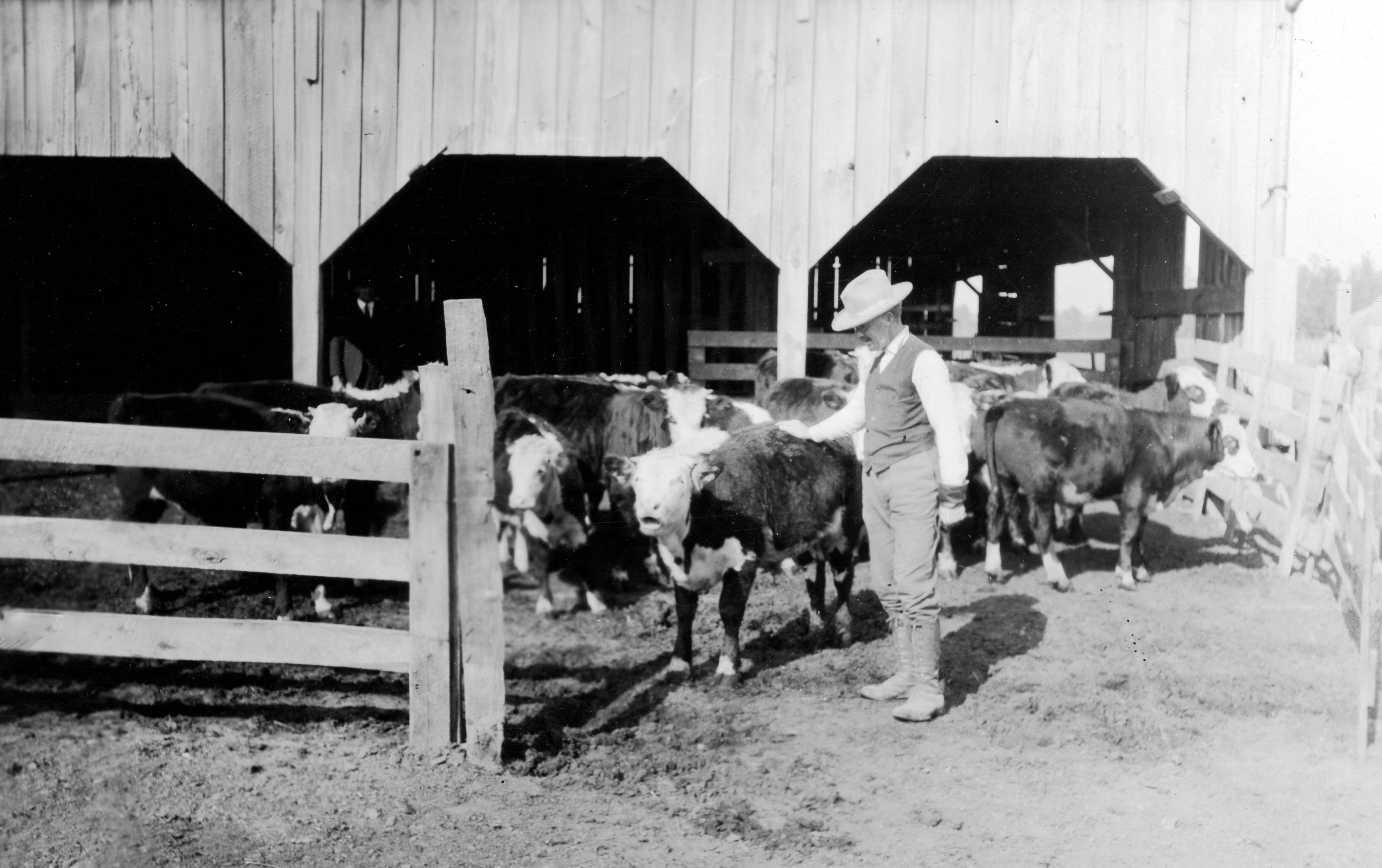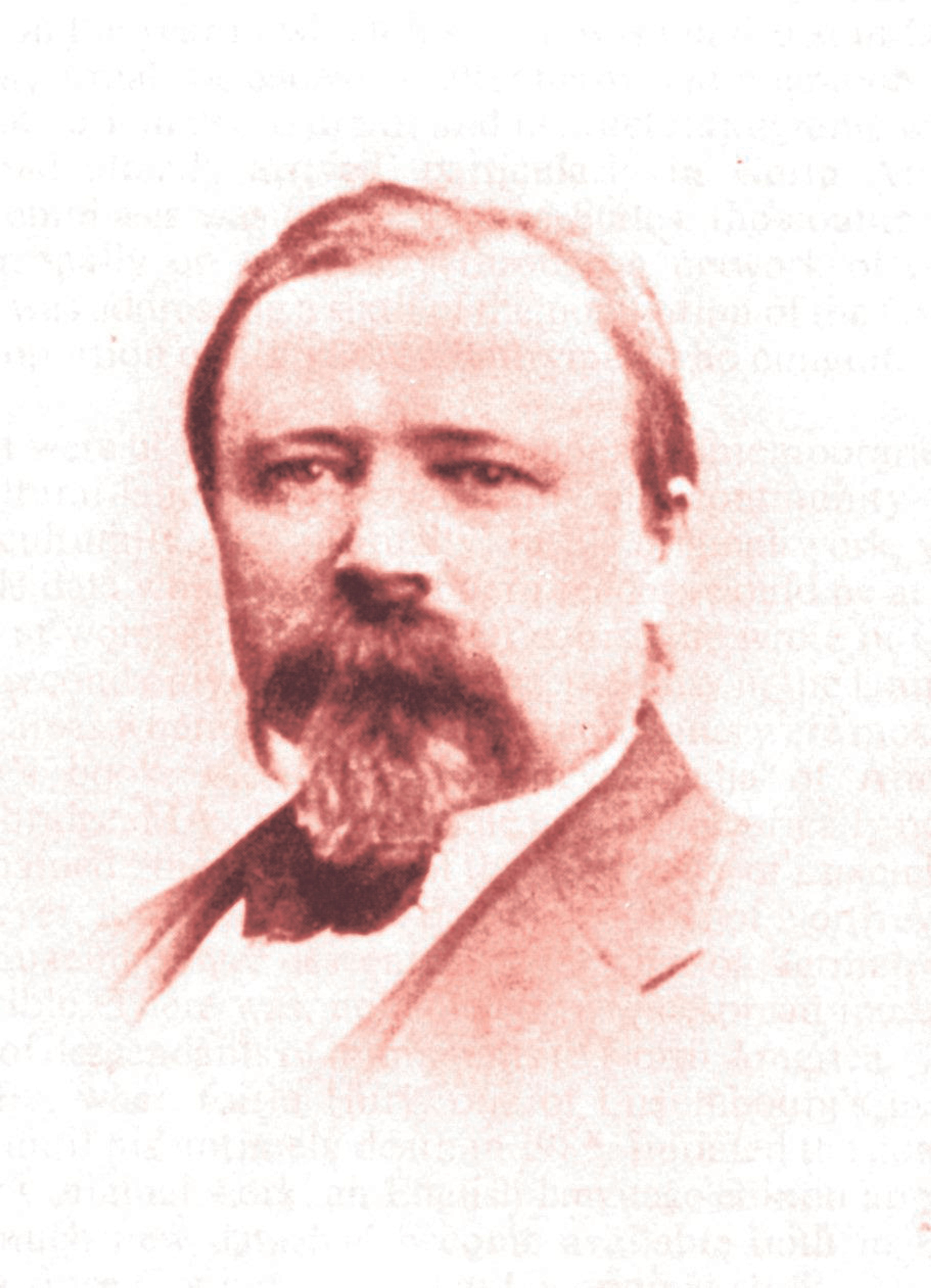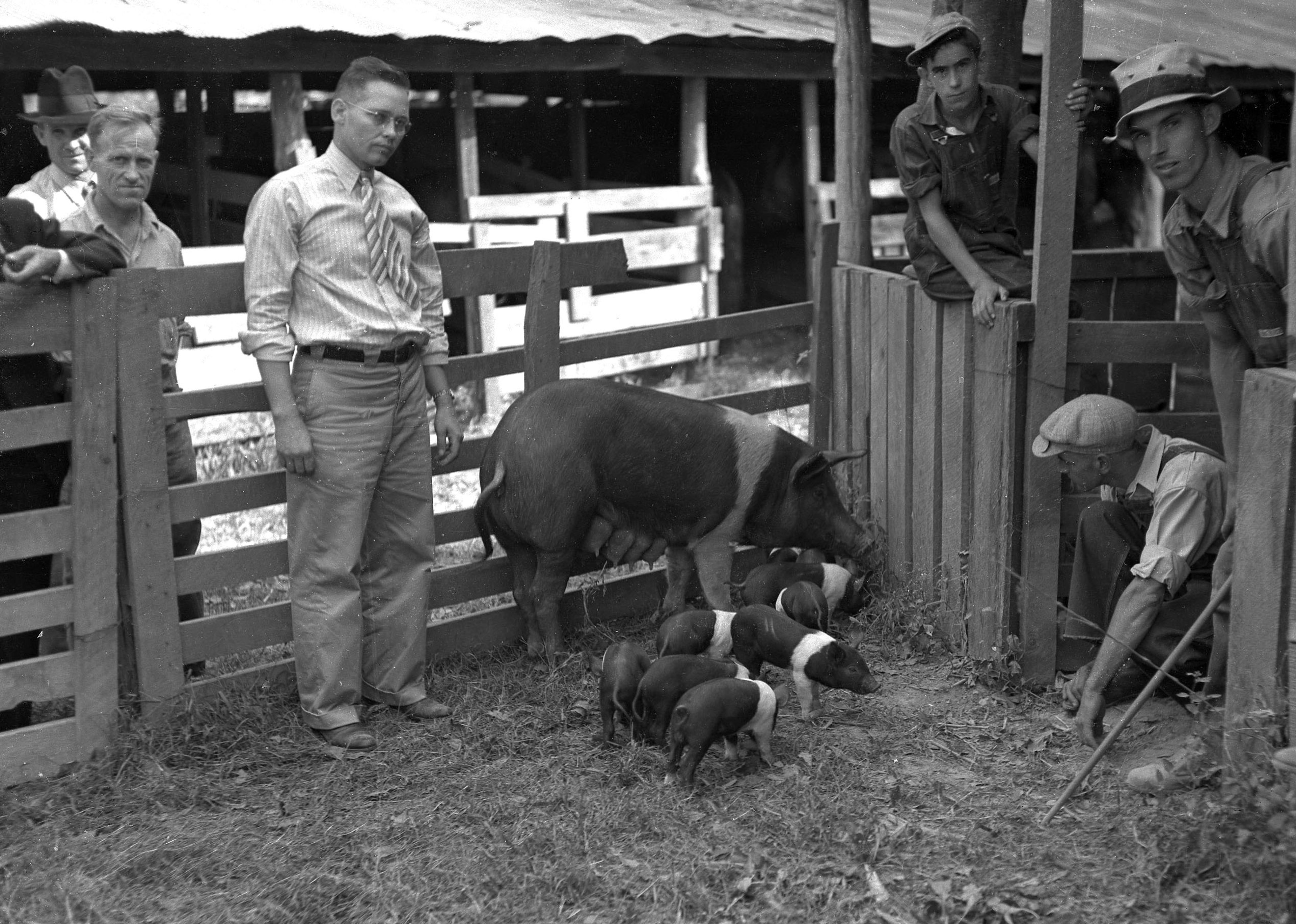In 1949 Bill Watkins and his wife resided at 350 N. Fountain St. in Cape Girardeau.
The two had a William Tell moment in July of that year, when Bill, 21, took a shot at a late-night prowler at his home using a bow and arrow.
There is some evidence to suggest he hit what he aimed at, but the prowler was never found, bloodied or not. In fact, he scorned Bill’s marksmanship in a letter posted just after the incident.
Here’s how the Southeast Missourian covered the affair.
Published Friday, Aug. 12, 1949:
Cape man believes he scored hit
Fires on night prowler with bow and arrow
Shades of William Tell and Robin Hood! Their modern Cape Girardeau counterpart, using the only weapon at his command, a bow and arrow, let fly at a prowler last night and believes he hit him with a steel-tipped dart that hasn’t been found up to now.
The archer is Bill Watkins, 350 N. Fountain St., who discovered the prowler standing outside a second-story screen door leading to a porch on his upstairs apartment.
Watkins worked the night shift at the post office and had gotten in about 12:15 a.m. Around 1 o’clock, still awake, he got up to close the door. Approaching it, he saw the silhouette of a man on the outside.
Without preliminaries, Watkins slipped into another room and got his 60-pound light hunting bow, and challenged him.
“I asked who it was," Watkins said, “and he didn’t answer. He started to move and I fired an arrow at him.”
Believes he scored
Asked today if he thought he struck the prowler, Watkins said, “I rather think I did.” He estimated that he was 12 or 14 feet from the man when he fired through the screen door.
The man made a loud gurgling noise, Watkins related, and then started for a ladder up which he had apparently come to reach the porch. But, Watkins said, he didn’t go down it and appeared to have fallen the 14 feet or so to the ground.
While this was going on, Mrs. Watkins was calling the police. Her husband explained he did not go down to see if the prowler was lying on the ground, because he felt sure he was there and wanted to await arrival of officers.
When they came, there was no sign of anyone around. No blood was to be found officers said, and neither could they find footprints.
Watkins said that with the power of the bow, and the close range, if he hit the man he felt sure the arrow went clear through him. He said he had had no opportunity to look for the missile today, but believed he could find it.
An archery enthusiast, Watkins said he does some practice, and has done some shooting in the past. He indicated that he had not put much time in on the sport recently.
A small hole was made through the screen.
Published Saturday, Aug. 13, 1949:
Prowler believed hurt by arrow sought by police
Mystery, deepened by the finding of a blood-stained arrow, today surrounded the bizarre bow and arrow routing of a prowler who sought to break into a Cape Girardeau second-floor apartment in the early morning hours Friday.
The steel-tipped shaft was found Friday afternoon by the man who had dispatched it, Bill Watkins, 350 N. Fountain St. Taken to police headquarters it served to spur the search by officers for a man with a wound in his upper body.
The arrow bore distinct marks of blood and there was a fingernail-size shred of flesh clinging to one of the feathers.
Find blood stains
The blood stains were on the shaft between the three feathers, and there were light stains on two of them which might or might not have been blood. The flesh particle clung to the cock father on the shaft.
There was no doubt in officers’ minds that the arrow found its mark. Chief of Police William A. Mills declared, “I think the man was hit, but I don’t think it went through him. It might have hit him in the side and made a flesh wound, or it might have been in the upper arm.
“I doubt that it hit him in the chest,” the chief continued. “If it had he would be dead now. It would have punctured a lung or his heart. But it might have grazed him.”
Makes explanation
Chief Mills explained that the lack of blood stains on the porch or ground nearby is readily explained. A wound of the sort caused by an arrow, he said, would be of a closed type. It would hold blood for a time, with perhaps some oozing which would soak into clothing. The chief said a man could perhaps go 30 or 40 yards before there would be any sign of bleeding with a wound of that nature.
Others who viewed the arrow thought that the shaft must have gone through the man. This reasoning came because there were blood stains on the shaft between the three guide-feathers. Otherwise, these observers pointed out, there would have been stains on only one place on the arrow.
Watkins, 21-year-old postal employee, had no doubts that he hit the man. He explained that the house was dark when he got up about 1 a.m. to close the back door.
From the bedroom door, a distance of 10 or 12 feet, he could see the silhouette of the man just outside the screen door leading from the bedroom to the upstairs porch.
Shoots from darkness
The man could not see Watkins, who stepped a few feet across a hallway for his bow and arrow. He said he had the bow, a 60-pound pull light hunting weapon, drawn back the full shooting length of the 28-inch steel-tipped shaft.
Not until then did he ask the prowler, “Who is it?” There was no reply, Watkins related, but the man started to move. At the first sign of motion, the archer said, he let fly. The man made a short, loud screaming sound, clutched at his side or stomach, and fled toward one of two ladders placed against the porch on the south side.
Watkins said the prowler could not possibly have climbed down one of the ladders or he or his wife would have seen him. They both believe he fell the 14 feet or more to the ground. But when officers arrived, they could not find any one below or in the vicinity.
In the darkness the arrow could not be found, but after a search Friday afternoon it was located in Missouri Park, about 20 feet from the curb of Park Drive and some 65 or 70 yards from where it was fired.
Impeded flight of arrow
Watkins surmised that that distance was too short for the yardage the arrow would have gone if it had not struck something in its flight. The fact that it passed through the screen of the door before reaching the prowler would not be enough to cause such a short range, he judged. From this it was deduced, in addition to the evidence of the dried blood, that the arrow had also struck the would-be intruder.
Two of the feathers on the shaft were torn away from their glued position on the wood toward the fore part of the arrow. It could not be determined if this was done by the screen.
Watkins first took up archery in 1943 as a boyhood hobby. He had practiced frequently until recently and, until business interfered, had planned to participate with other Cape Girardeau archers in the annual Missouri bow and arrow deer hunting season last fall.
The bow he used is hand made, fully seasoned and an excellent hunting weapon of professional standards.
Police today were continuing their investigation, seeking to get some lead on the man they feel was undoubtedly wounded. Hospitals have been alerted for admission of anyone with a wound of the type which could have been caused by an arrow and officers hope that a call may come in from some physician to whom the prowler could have gone for dressing of a wound.
Chief Mills said that he could see no advantage to sending the arrow to State Highway Patrol headquarters in Jefferson City for laboratory tests. He explained that they would not be of aid in locating the man, and there was no doubt that the stains were made by blood.
Read the rest of this blog at www.semissourian.com/blogs/fromthemorgue.
Sharon Sanders is the librarian at the Southeast Missourian.










